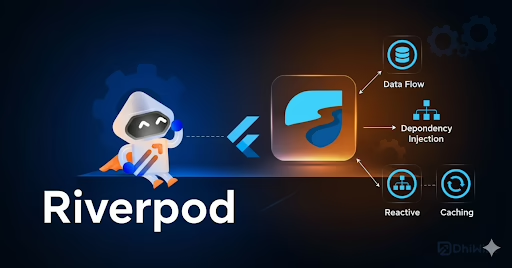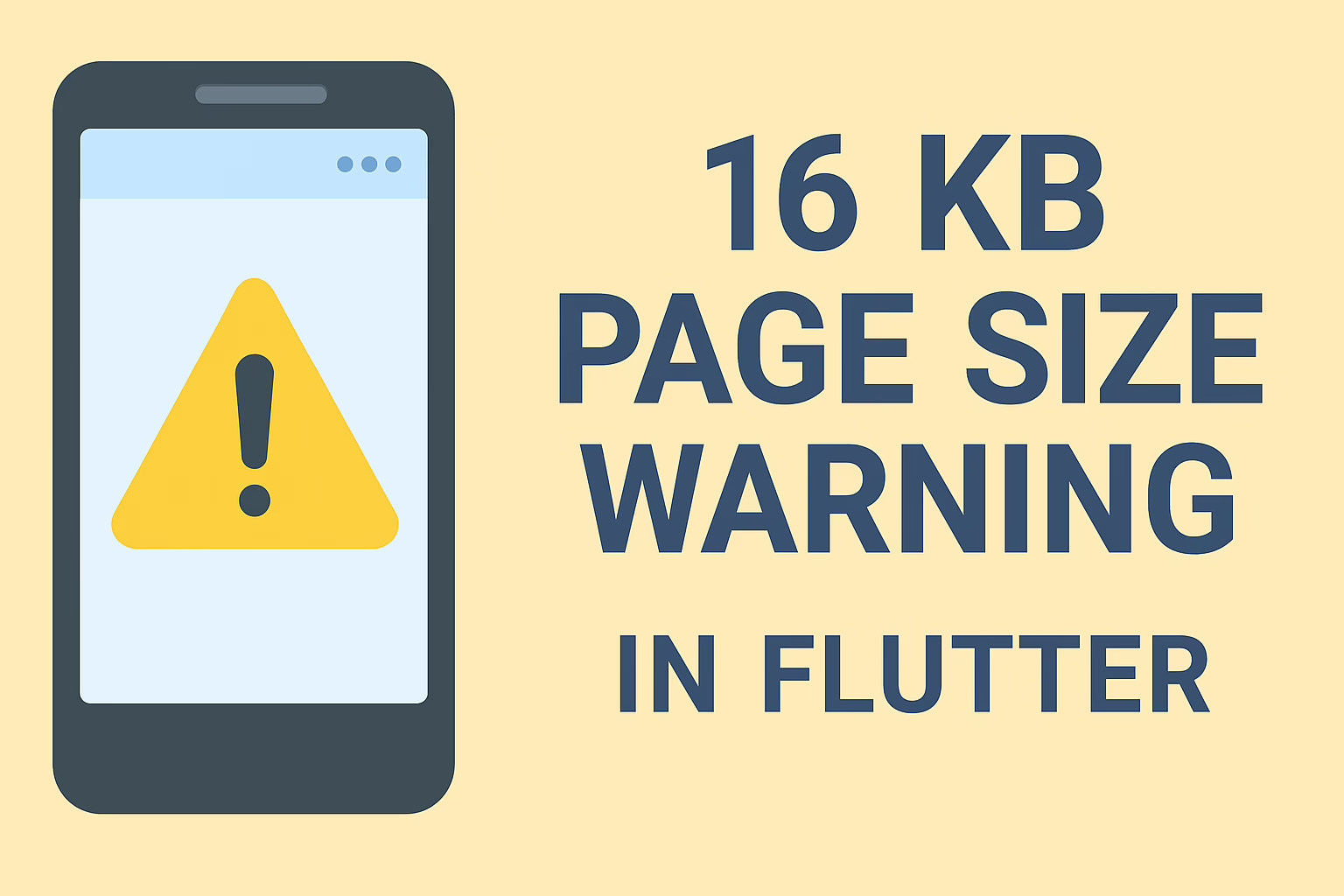Repeating code in a setup for the same or similar functionality is considered a cardinal sin among programmers. Identifying the areas which share similar functionality and generating a one size fits all code for the same is a challenging task. The skill of the programmer is visible in such a situation. The reusability of code within a language helps to reduce the overhead in the execution of the program.
What if you can reuse the code generated in a different language? This opens up a new arena where the contents flow from platform to platform without any loss in the original expectation. In Flutter we can use the HTML widget to convert HTML code to corresponding Flutter properties. This HTML widget in Flutter reduces the overhead on programmers. Once the code is generated for the web application preferably a custom feature can easily be used in the Flutter application providing an advantage in market and cost-benefit.
The way to implement this method is made simple:
htmlwidget(
<your html code>
)
Provide the latest version of flutter_widget_from_html in pubspec.yaml file. Be wary of the dependencies involved.
Another way of reusability is the use of Webview. This may be an early way to employ but is quite effective and cheap in case of time and effort. In Webview, we can superimpose properties we need in addition to the ones we already have from the website. This can be considered similar to adding links or URLs to a website.
There are a few hiccups while simply calling the Webview
- The navigation within the Webview cannot be controlled using default methods.
- Need to enable javascript mode for viewing all properties of the web pages.
- Dependencies of different packages will crash as Webview depends on the latest version.
- Permissions of the web will generate access issues as path differences occur.
Webview even though it is unsecured, provides a cost-benefit solution for mobile application development. It also creates a single point of failure as web hosting is effectively the only point of origin any error caused in hosting will result in the failure of both the website and the app.
Html widget also helps to transform structures existing in html tags to corresponding Flutter properties. It becomes easier to draw parallels as properties vary linearly between the web and the app. Thus reducing design overhead.
Overflow of widgets is one issue we need to take into account while transforming html code. Providing a scroll view will resolve the issue to an extent. The use of a zoomable widget also helps. All components in html will be appropriately allocated thus allowing multiple images and documents to be made available.
If you wish for digitalizing your business, flutter is one of the popular options. It helps to build beautiful multi-platform applications from a single codebase. This helps to digitalize your business in a short time. At Sreyas we have well-experienced staff in Flutter development. We are one of the leading software development, and design companies. We are willing to provide our service and support globally.







